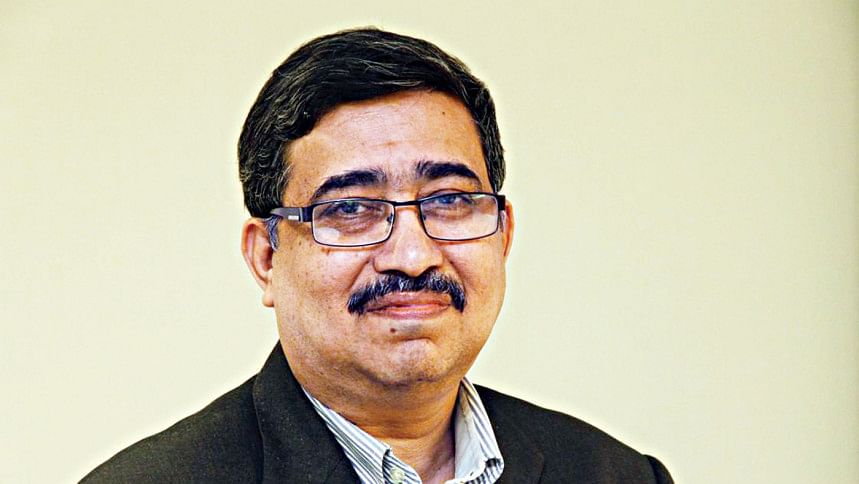How do we increase inward remittance?

It was possibly 2004-05. We were trying to determine the possible inward remittance pie for Bangladesh at a Bangladesh Enterprise Institute discussion. A study in this respect showed the possible pie to be $20 billion or so by 2012.
Our actual remittance averaged $2 billion-plus per month during the coronavirus pandemic. We also have heard our finance minister telling us that only a little over 50 per cent of the possible remittance comes through formal channels.
Various relevant studies are also telling us the country's remittance pie could be $35 billion to $40 billion a year, which means more than 45 per cent of remittance does not come to the country officially. Maybe, beneficiaries are paid in local currencies and hard currencies are diverted for trade mis-invoicing or capital account transfers.
For a country like Bangladesh that depends on the earnings of non-resident workers for its economic stability, it is certainly a worrying trend when remittance keeps declining year-on-year. This happens despite an increasing number of Bangladeshis leaving for jobs abroad each year.
In 2021, more than 6,17,000 workers left for overseas jobs, bringing in $22.07 billion in remittances. In 2022, almost a record 11.36 lakh workers went abroad for jobs. Still, the remittance inflow was 1.5 per cent lower than the previous year's $21.25 billion.
One of the prime reasons for the fall as referred to by the government often is a large amount of money is being transacted through informal channels, popularly known as hundi. Migrants prefer informal channels because they are offered better exchange rates than banks and they are not charged any transaction fees and there is no unnecessary paperwork or bureaucracy.
It is easier and considerably faster for them to send money to their near ones in the villages than through banks. It is also easier for people who have problems with work permits. Studies also revealed that local beneficiaries at times are being offered money in advance by hundi operators against the anticipated remittances.
The 2.5 per cent incentive offered by banks is not found to be sufficient to counter the attractive package provided by hundi folks.
The hundi cartel would remain popular unless exchange rates are made competitive, transaction costs are removed, and bank services are made efficient and semi-literate migrant-friendly.
Various global agency-backed studies have pointed to the lack of financial literacy and difficulty in accessing banks, particularly for the female family members of migrants. This should be looked into.
Experts also pointed out the exorbitant recruitment costs, about 50-60 per cent of which goes towards "paying" visa traders in the destination countries. Without meaningful efforts to rein in the ever-increasing recruitment costs, particularly the illegal visa trade both at home and abroad, migrants will continue to bleed.
Additionally, most of our migrant workers are employed in low-paying, unskilled jobs. As a result, the amount of money they eventually send back home after their recruitment and living costs are deducted comes out to be very small. The World Bank has repeatedly suggested Bangladesh take steps to upskill its workers and look for emerging markets where they can compete successfully.
The government also needs to come up with an integrated plan to address the complex reasons that are holding back the growth of our inward remittances and carry out research to find out why remittances are falling from the countries that have seen an increasing number of new workers from Bangladesh.
We also need to take a strong stance against trade mis-invoicing and rising capital flight and focus on the overall improvement in political governance in this regard.
The author is an economic analyst

 For all latest news, follow The Daily Star's Google News channel.
For all latest news, follow The Daily Star's Google News channel. 



Comments